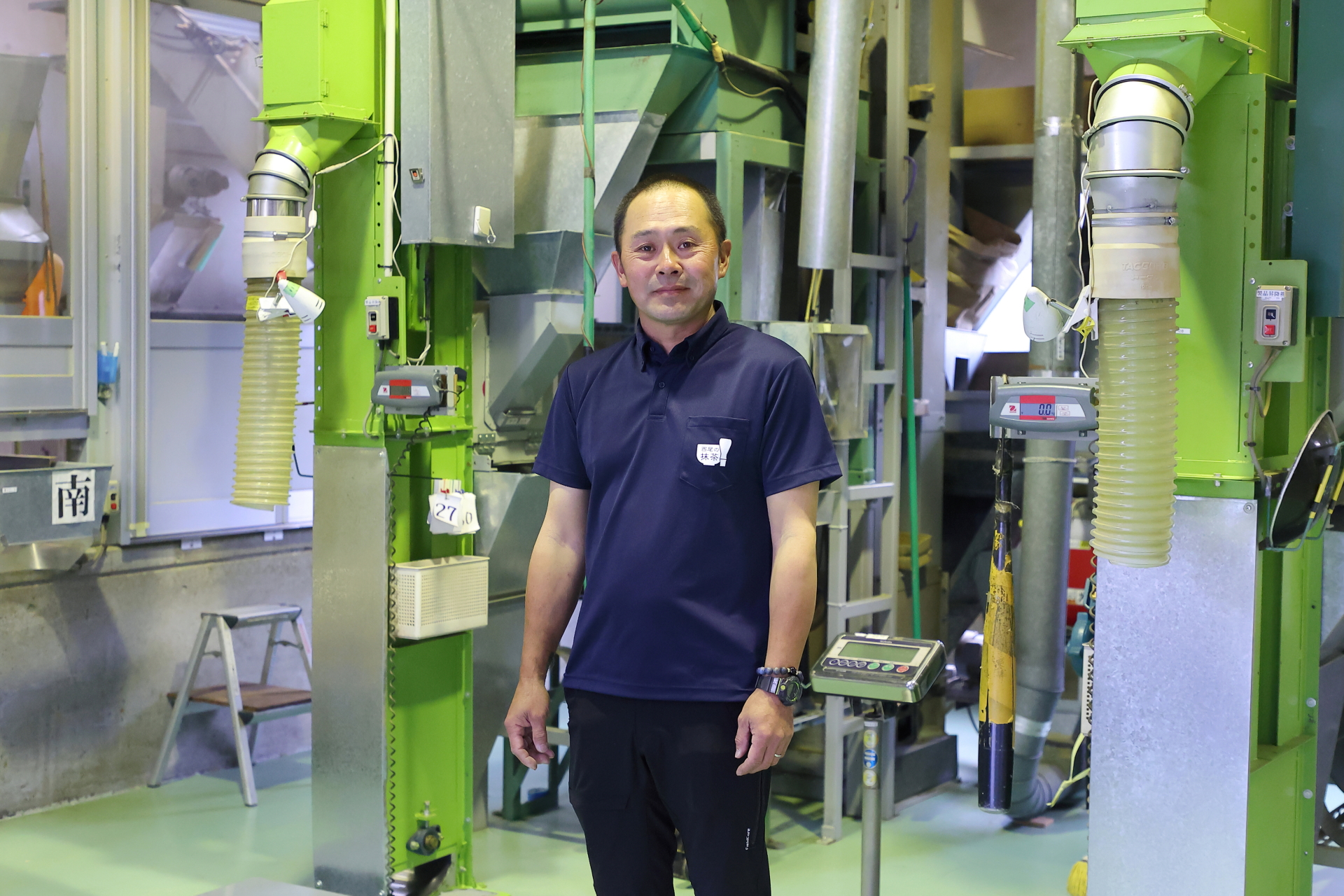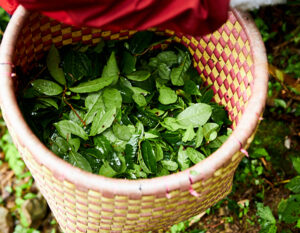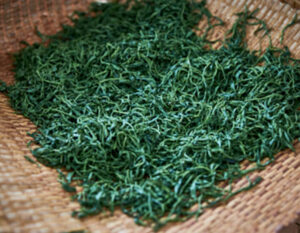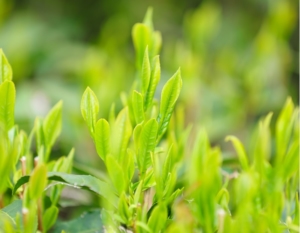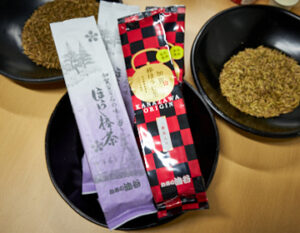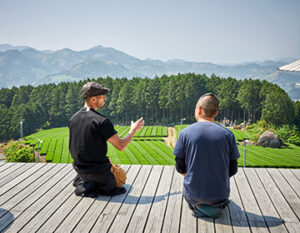Nishio City, located in the northwestern part of Aichi Prefecture, is one of the nation’s leading matcha tea production areas. Mr. Hiroki Inagaki of Yamafuji Seicha, a limited company that produces tencha, the raw material for Nishio’s matcha, which is registered as a regional brand, has won the Minister of Agriculture, Forestry and Fisheries Award, the highest award at a national tea fair. What is Mr. Inagaki’s commitment to producing the best matcha in Japan?
The “best” matcha loved by the local people
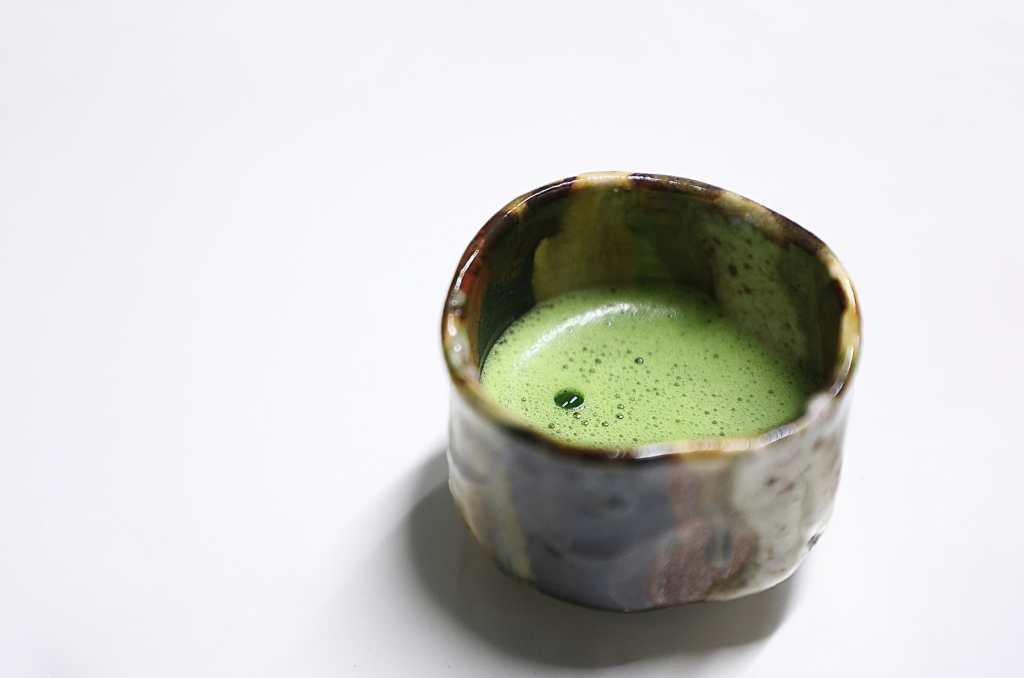
Nishio City, Aichi Prefecture. Located near the mouth of the Yahagigawa River, a first-class river that flows from north to south in the center of the prefecture, the city is blessed with a rich water source and abundant soil, and is a major producer of agricultural and marine products. Among these, matcha (powdered green tea) is one of the most widely produced in Japan. It is also a major producer of tencha, the raw material for matcha. According to a 2021 survey by the National Federation of Tea Producers Associations, Aichi Prefecture is the fourth largest producer of powdered powdered green tea in Japan, following Kagoshima, Kyoto, and Shizuoka prefectures (according to a 2021 survey by the National Federation of Tea Producers Associations).
Not only in terms of production volume, but also in terms of quality, Nishio tea was awarded the Minister of Agriculture, Forestry and Fisheries Prize, the highest prize at the 73rd National Tea Fair in 2021, making it the number one brand in Japan. The man who produced the tencha that won the Minister of Agriculture, Forestry and Fisheries Award is Mr. Hiroki Inagaki of Yamafuji Tea Manufacturing Co.
What is powdered tea?
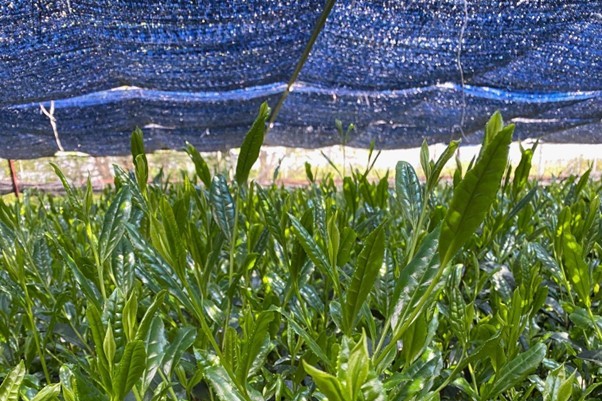
To begin with, some people may not be familiar with the term “Tencha. As mentioned above, tencha is the raw material for matcha (powdered green tea), and refers to the state of the leaves before they are ground into a powder. Like gyokuro, which is classified as one of the most expensive types of Japanese green tea, tencha is cultivated under shade, which requires a lot of time and effort.
In the case of the tea leaves grown under shade, photosynthesis is suppressed by reducing the amount of light, thereby reducing the amount of tannin, which is the source of the tea’s astringency, resulting in a mellower taste. In addition, the leaves spread wide to maximize the amount of sunlight that is available, resulting in the growth of a bright, dark green color. The major difference between gyokuro and gyokuro is that gyokuro does not go through the “rubbing” process in the manufacturing stage. In gyokuro, the tea leaves are rubbed to break down the cells so that the flavor can seep out easily, but in tencha, the tea leaves are not rubbed to make them easier to grind because they are supposed to be ground into powder using a stone mortar.
Soil preparation is difficult because it is “invisible”.
Tea production in Nishio City is said to have begun more than 700 years ago. It was not until the Meiji period (1868-1912) that tea began to be cultivated in earnest, and since the late Taisho period (1912-1926), the production of matcha (powdered green tea) has been particularly active. Located on a delta formed near the mouth of the Yahagigawa River and its tributary, the Yahagikogawa River, Nishio City is said to be suitable for growing glossy tea leaves because of its sandy soil and mild climate. While the cultivation of high quality tea requires soil with good drainage, the good drainage also causes fertilizers to run off with the water.
The most difficult part of soil cultivation is that it is invisible,” says Inagaki. He uses rapeseed meal, which is the residue after oil is pressed from rapeseed, as a fertilizer to grow soil that maintains good drainage while preventing the fertilizer from running off. The rapeseed meal is a natural organic fertilizer that helps to build
up the soil and improve the sweetness and aroma of the tea.
A 100-point tea can only come from a 200-point fresh leaf.
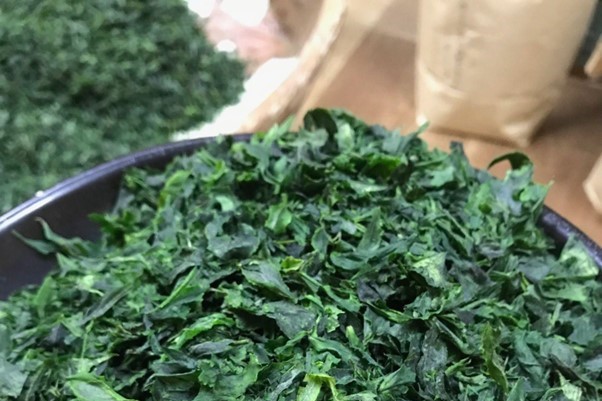
Mr. Inagaki believes that “cultivation and processing after harvest are equally important” in making Tencha. Inagaki’s theory is that even if the raw leaves harvested during tea picking are close to 100 points, the score drops to 90, 80, and so on as they are processed. For this reason, he says, “It is important to aim for 100 points in cultivation technology, and to eliminate any points that can be deducted from the 100 points.
For example, determining when to start covering the leaves after new shoots appear is another technique to maximize the effects of cover cultivation. In addition, the best timing for fertilizer application and harvesting must also be determined. To do this, it is necessary to spend a lot of time in the field and cultivate experience. Mr. Inagaki proudly states, “By understanding and managing the characteristics of my fields, I am able to ensure consistent quality.
Taste is brought out by steaming, aroma by drying.
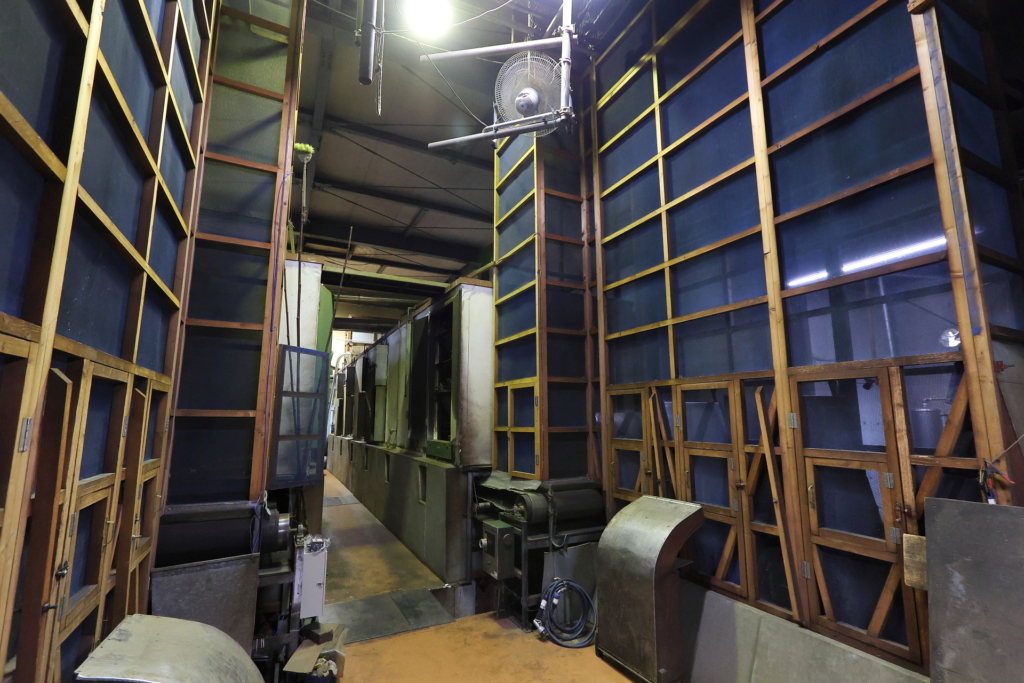
Steeping is very important to bring out the flavor of the tea leaves, and drying is very important to bring out the aroma. We pay particular attention to these two processes,” says Inagaki.
The harvested fresh leaves are first put into a steamer to stop oxidation. Excessive steaming will ruin the color and aroma of the leaves, while insufficient steaming time will leave them with a fishy smell, so time and temperature must be carefully adjusted. At Mr. Inagaki’s factory, he steams the leaves at 98 to 100°C for 10 seconds. After that, the steamed leaves are blown up by the wind to cool them down in a process called “scattering tea. The wind blows off the water on the surface of the leaves while separating them so that they do not overlap each other.
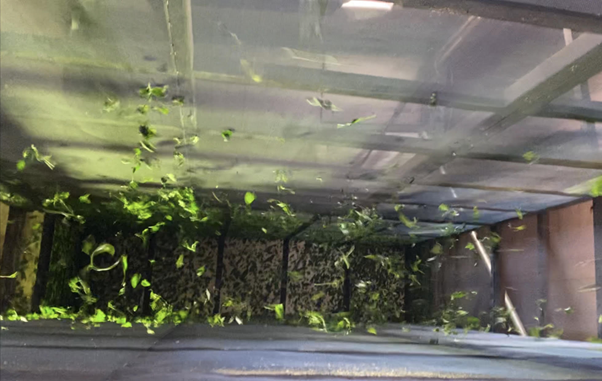
In the shadow of the matcha boom, the number of farmers continues to decline.
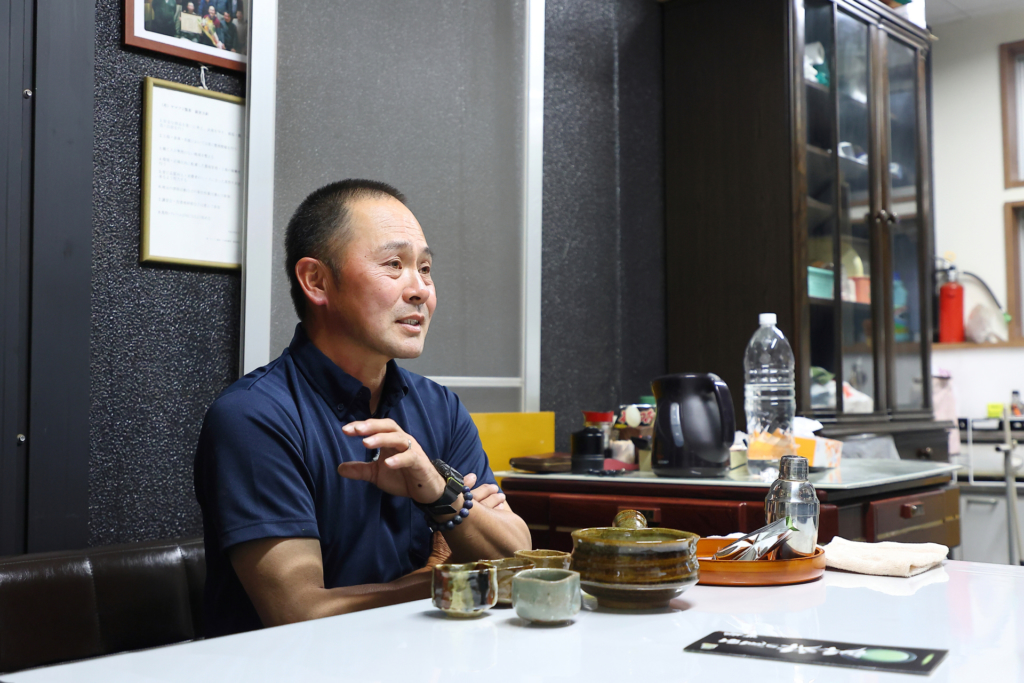
Latte with matcha green tea has become a standard menu item at famous café chains, and matcha-flavored sweets are always available at convenience stores. Matcha is no longer a fad, but has become an accepted part of consumers’ lives. On the other hand, the number of farmers producing matcha continues to decline. According to the Census of Agriculture and Forestry published by the Ministry of Agriculture, Forestry and Fisheries, the number of tencha farmers decreased from 53,000 in 2000 to about 20,000 in 2015.
In addition, there is no market for tea leaves in Nishio City, so most tea leaves are traded relative to wholesalers. However, with the recent development of online markets and the emergence of e-commerce sites, wholesalers have become less influential than before. For tea farmers and processing companies that wholesale their products to wholesalers, this could be a matter of life and death.
Even if we produce high quality products, if they don’t sell, there is nothing we can do,” Inagaki said. Inagaki says, “Even if you produce high quality products, if you can’t sell them, there is nothing you can do.
Initiatives Focused on Overseas Markets
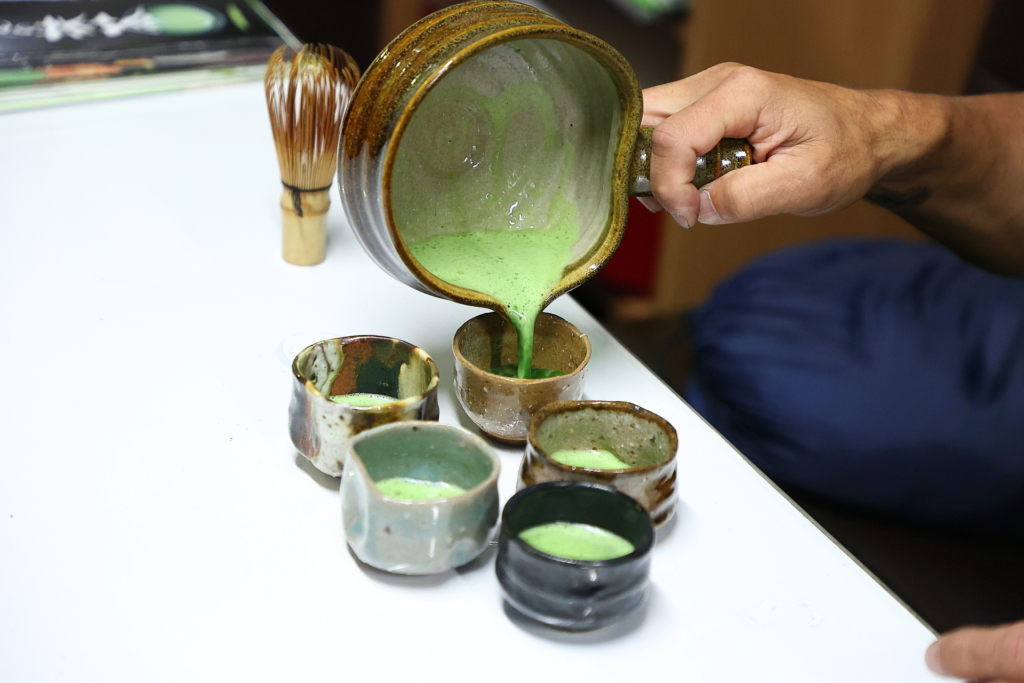
In this context, Mr. Inagaki is working to acquire various certifications with an eye on overseas markets. Overseas markets tend to favor organically grown products and fair trade products, and in some cases, producers may not even be able to sell their products unless they have actually obtained some kind of certification.
For example, by acquiring the Rainforest Alliance, an international certification program that promotes sustainable agriculture, the company is able to sell its products to major food manufacturers in the United States. The company hopes to be among the first to tackle these issues and win the trust of overseas markets.
The Future of Matcha in Nishio
Tea leaves grown in Nishio City and its surrounding areas are certified as a regional brand by the Japan Patent Office as “Nishio’s Matcha”. In Nishio City, farmers and companies have a history of research to improve the quality of Tencha (powdered green tea) under the theme of “Matcha for eating,” which can be used as an ingredient for food, rather than just for beverage use.
Currently, more than 90% of the matcha produced in Nishio City is used in processed products such as confectionery and ice cream, and of course, matcha for beverages is also highly regarded. However, the city is still not as well known as other matcha-producing regions. Mr. Inagaki says, “Local children know that Nishio is famous for its matcha (powdered green tea) through the stone-milling experience and other activities, but in the end it is only done within the local community. We need to do more to promote it outside of Nishio,” Inagaki said, expressing a sense of crisis.
Overseas demand for green tea, including matcha, has been increasing year by year, with exports topping 20 billion yen for the first time in 2021. As the demand for products is expected to diversify, Inagaki says, “We must always have the ability to listen to new information and respond to it. The day is not far off when Japan’s No.1 Tencha will reach people all over the world.



